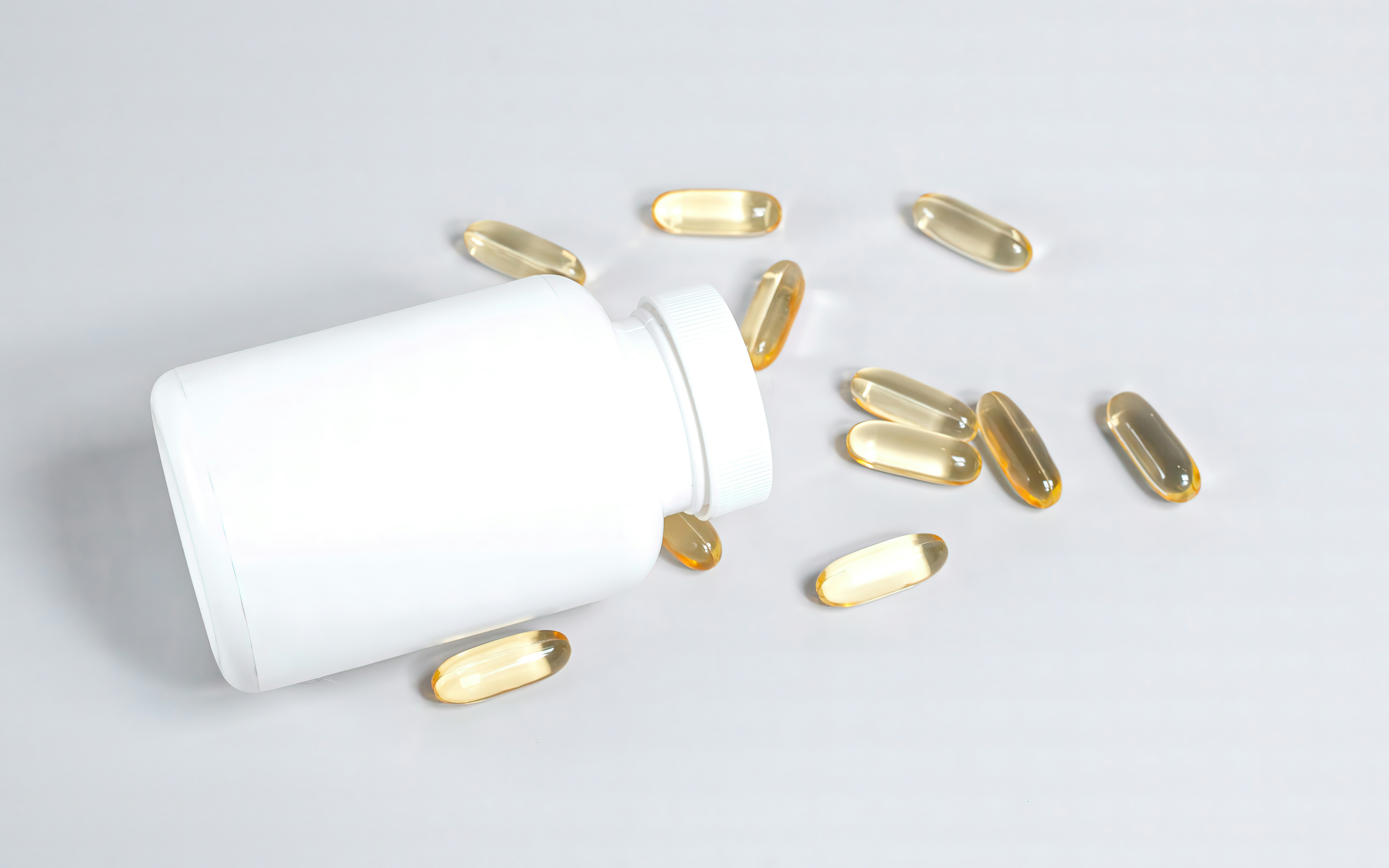 Last post we talked about Sugar:
Last post we talked about Sugar:
- What it is
- How to know how much you’re consuming
- Recommendations on daily consumption
- What “Added Sugar” means
If you missed that post you can go back and read it HERE before this one.
For this post, we’re going to be talking about sugar alternatives. When we refer to “sugar” we’re referring to processed refined table sugar, or sucrose, that is found in many baked goods, candy, sweetened beverages, etc. and is often hidden in other packaged foods, including sauces. With that in mind, sugar alternatives are anything that is used as a sugar replacement that isn’t table sugar.
Have you ever wondered:
“Is this sugar replacement actually better than table sugar for my body?”
You might be surprised by the answers.
There are so many alternatives to sugar, so we’re going to break them down into categories:
- Glycemic vs. Nonglycemic Alternatives
- Nonglycemic Artificial Sweeteners vs. Natural Nonglycemic Alternative Sweeteners
First, let’s define glycemic and nonglycemic:
Glycemic = it directly raises your blood sugar after consuming it
Nonglycemic = it doesn’t directly raise your blood sugar
Glycemic Alternatives
The following are common alternatives to table sugar that taste and act like sugar in the body:
- Honey
- Maple Syrup
- Coconut Sugar
- Agave Nectar
- Fructose
- Molasses
Some could argue there are some additional benefits compared to refined table sugar because of the added nutrient benefits found in some of these alternatives, so let’s do a brief survey of the most popular alternatives below:
 Honey: has additional nutrients, like antioxidants, over and above table sugar and has anti-fungal and anti-bacterial properties, plus, has the added benefit of never going bad. It also has evidence for assisting with seasonal allergies when consuming local honey. It still has the same glycemic impact of sugar, with some additional benefits. Is it better? It’s not better for your blood sugar, but it clearly has other health benefits table sugar doesn’t have.
Honey: has additional nutrients, like antioxidants, over and above table sugar and has anti-fungal and anti-bacterial properties, plus, has the added benefit of never going bad. It also has evidence for assisting with seasonal allergies when consuming local honey. It still has the same glycemic impact of sugar, with some additional benefits. Is it better? It’s not better for your blood sugar, but it clearly has other health benefits table sugar doesn’t have.
Maple Syrup: Like…REAL Maple Syrup, not that high fructose corn syrup imitation stuff. It contains minerals and B vitamins, but, again, acts like table sugar in the body.
Coconut (Palm) Sugar: It’s made from the sap of the coconut palm. It does contain some minerals and is slightly lower on the glycemic index, but, overall, still has close to similar blood sugar impact of other alternatives mentioned here.
Agave Nectar: Agave nectar is made up of mostly fructose. You may be asking: “Is this a problem, I thought fructose is found in fruit?” Fructose is a component of all disaccharide sugars including table sugar and is also found in fruit. Where fructose can steer us wrong is that it is only processed through the liver (unlike glucose) and hitting your liver with a shot of fructose can increase our risk for having fatty liver disease and increasing triglycerides which can lead to cardiovascular disease and chronic inflammation.
I once had a client using a protein powder with added fructose as the sweetener and we think over years and years that’s why they ended up with fatty liver disease…and this product was promoted as a healthy weight-loss product! That’s when you know ingredients matter more than what their marketing department tries to tell you. Eek! They just didn’t realize it was an issue.
Non-Glycemic Artificial Sweeteners
Those with blood sugar issues such as diabetics and pre-diabetes have been steered towards nonglycemic artificial alternatives for decades now. Is this really the better route?
The most common artificial sweeteners that you’re aware of are:
- Saccharin (Sweet and Low)
- Splenda (Sucralose)
- Aspartame (Equal/NutraSweet)
What’s the deal with these and are they better than sugar?
These alternatives are chemically produced in a lab and are made to taste sweet like sugar without having the glycemic impact of sugar. Sucralose and Aspartame are most commonly found in “diet” or “sugar-free” drinks such as Diet Sodas and Crystal Light and other similar beverages, however, they can be found in all manner of packaged foods including canned or bottled beverages, sauces, low or no-sugar-added foods like yogurt, boxed food, and chewing gum. Virtually anything labeled “diet” or “sugar-free” is likely to contain artificial sweeteners.
Although they will not cause a direct spike in blood sugar after consuming them, the research that has been coming out about them in recent years is pretty darn damning. Even the chilliest of nutritionists are having clients run for the hills away from these artificial alternatives.
Why?
The negative systemic impact is being discovered and in some of the most recent studies we’re seeing some very concerning results.
Cognitive, Behavioral and Neurological Impact of Artificial Sweeteners
These artificial sweeteners are linked to learning issues, headache, seizures, migraines, irritability, anxiety, depression and insomnia in just one study. How is this possible? Excess amounts of the amino acid phenylalanine are to blame. This amino acid is the tippy top of biochemical neurotransmitter pathways that impact mental health. The chemical stress also raises cortisol levels adding to the oxidative stress load on the body.1
It doesn’t stop at the behavioral impact, there have been connections with dementia, stroke, Alzheimer’s, and even motor skill impairment. These types of sweeteners may have impacts on fertility and possibly be carcinogenic, but this requires more study.2-3
But WAIT…there’s more…
Gut Health
Research has shown that artificial sweeteners alter the gut microbiome which can result in digestive problems. Side effects such as bloating, diarrhea and gas are attributed to its consumption. The health of your gut microbiome is a key part of overall health from mental health down to autoimmune diseases. Anything that negatively impacts the delicate balance of the bacteria in our gut is not something we want to be consuming voluntarily. In research these effects can be seen in as little as 6 months!4
Obesity and Glucose Metabolism
Here is the real kicker! These artificial sweeteners are supposed to be nonglycemic, but by other mechanisms they can still cause obesity and blood sugar dysregulation in an indirect way. If you’re saying “ARE YOU KIDDING ME?” I wouldn’t be surprised. That was my reaction too.
Long story short, artificial sweeteners have a perceived sweetness that is far higher than actual table sugar. This impacts taste receptors and builds preferences for sweetness, which can then cause increased cravings and less preference for bitter flavors (veggies). Essentially, you’ll stop wanting to eat healthy veggies because you’ll prefer other flavors and crave them because it’s up-regulating the reward pathway in the brain.
Research also shows impacts on appetite, glucose signaling and gut motility. Those using artificial sweeteners have also been shown to have more weight gain than those consuming regular sugar. Some studies show that there is an insulin resistance risk from alterations in glucose signaling via altered hormone or enzyme signaling.5
SAY WHAT? I know.
Not every study showed this, but many did. At any rate, this is counterintuitive to the original goal of having more blood sugar control or reducing sugar intake.
Conclusion: We are big on not cutting out foods you love. In fact, we rarely will tell you to avoid something unless it’s medically necessary (intolerance, sensitivity, allergy, etc.) However, we do like people to largely avoid artificial sweeteners, particularly on any kind of regular, or even semi-regular basis. We’re just not fans. A Diet Dr. Pepper a couple times a year isn’t going to kill you, but definitely stay away for the most part.
Non-Glycemic Natural Sweeteners
The most common natural alternative sweeteners are:
- Sugar Alcohols
- Stevia
- Monk Fruit
These natural alternative sweeteners are plant-derived, much like raw sugar. They have a pleasant, sweet taste without the added blood sugar disruption. Research is still being conducted on these alternatives and over time we will get more comprehensive studies, however, what we have for now is promising.
Sugar Alcohols come from different plant foods and generally end in “ol” on a food label. You might recall mannitol, sorbitol, xylitol and erythritol as some of the most common. This category is an outlier compared to Stevia and Monk Fruit because it can cause bloating and diarrhea due to its laxative effect if too much is consumed. Just beware of this and use in small amounts.
Stevia has long been regarded as a safe alternative and actually shows many benefits including a positive impact on the gut microbiome, anti-inflammatory properties, immune system modulation, improvement in insulin signaling, and it’s an antioxidant. It’s been shown in research to have a positive impact on blood pressure and reduce liver issues. In vitro studies (test tube studies, not human or animal studies), also show anti-cancer properties.6
Some folks complain of an unfortunate aftertaste, and although this has been a common complaint, I find not all of our clients mind or notice it.
Monk Fruit is another option that is a natural alternative and does not have an after taste. There are even less studies on MF than on Stevia at this point, but so far, the benefits point to its prebiotic activity in supporting the gut. Not only that, a recent study on rats showed that it positively impacted markers in Type 2 Diabetic rats related to blood sugar metabolism, improved cholesterol and fatty acid markers, and improved phenylalanine metabolism. More research is still needed.7
One thing to note is that even these natural sweeteners can still have the same impact on taste receptors, cravings and signaling in the reward centers of the brain causing us to have preferences for sweet things and crave things we should probably have less of.
Overall, these are a good alternative to table sugar and even chemical artificial sweeteners. They’re great for adding to coffee, tea, and the like. The big “HOWEVER” is that even these should still be used as little as possible because at the end of the day we want our taste buds to want whole foods more than it wants sweetness and to crave processed foods.
Your taste buds do adapt. The less sweetened things you eat over time your taste buds start to shift toward preferring less sweet things and you’ll actually start to notice you don’t prefer very sweet things anymore. This can be hard to believe, especially if you’ve been eating sweet things your entire life, but your body does adapt.
You might be asking, “What about fruit?” Tune in next month to learn more about fruit consumption in regards to this ongoing conversation about sugar and sugar replacements.
___
You’ll notice that not ONE thing we mentioned here included that dreaded word: “calories.” Why? It’s because calories are only one of many factors that impact your body and disease risk. For us, it’s not even the most important part of what we teach our clients when it comes to balanced, healthy living.
If you’ve only been taught that counting calories is the key to maintaining health or weight then it might be time to work with nutritionists who teach you real health. We won’t teach you a points system, make you track everything you eat, or put you on a “diet.” That’s not how we roll.
Find out how we do things differently by setting up a complimentary discovery call with us.
Want to know more?
In our upcoming email newsletters, we’ll discuss the strategic use of sugar for exercise and answer the ever-burning question: “What about fruit?”
Join the Hope Wellness newsletter to be the first to get access to more future articles and to hear more about a new group program focused on reversing diet culture mentality damage and transforming your relationship to food. We’ll be launching the program in the new year. Stay tuned!
Know that we are here anytime you need us and, to start, all you have to do is set up a complimentary discovery call with one of our team members.
Check out our other recent article: Eliminate or Reduce Anxiety Naturally Through Nutrition.




